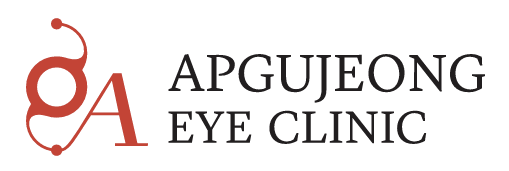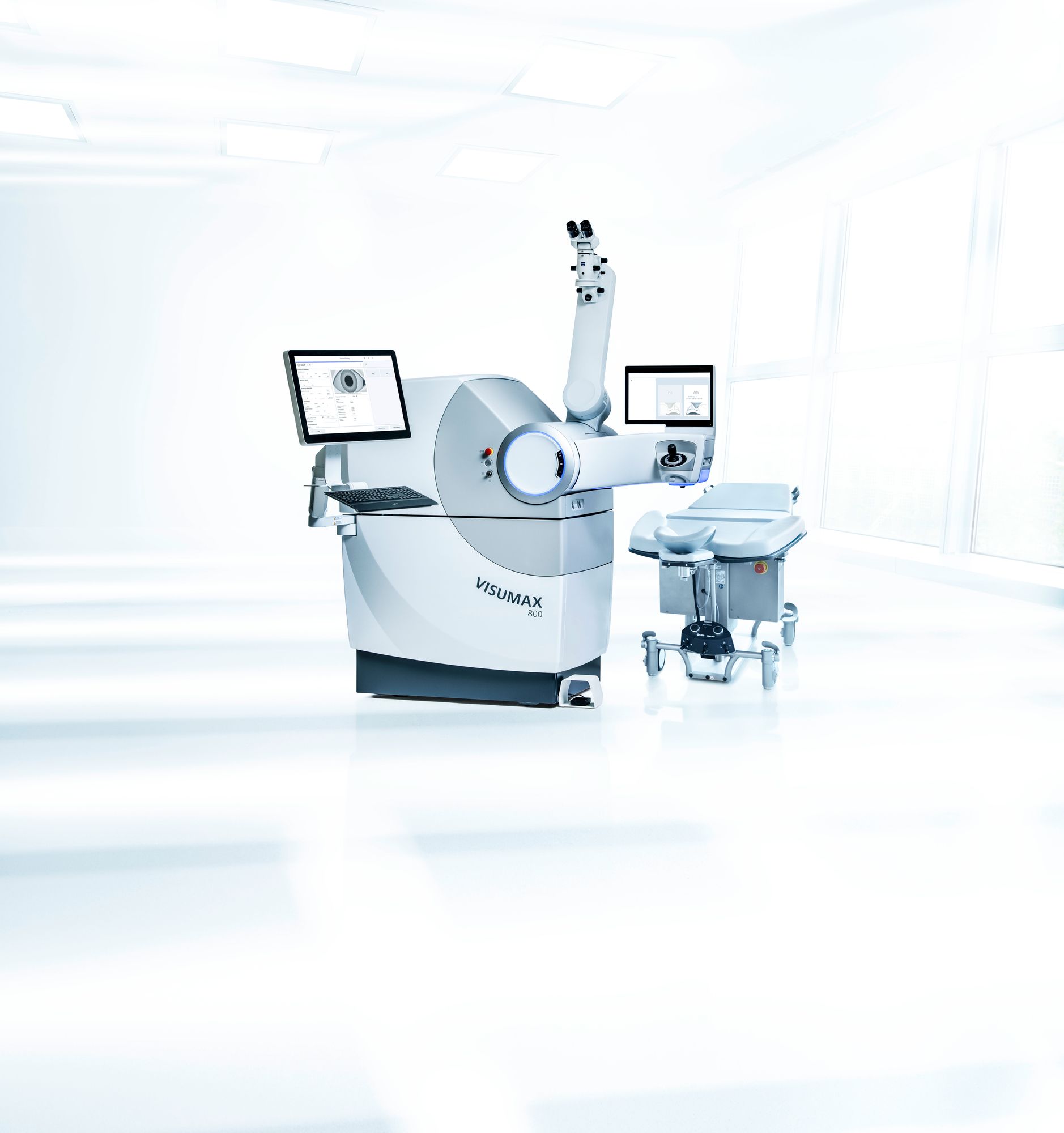LASIK vs ICL in Korea | Choosing the Best Vision Correction Trend
LASIK vs ICL (Implantable Contact Lens): Korea’s New Vision Trends
Korea continues to lead in ophthalmic technology, offering the latest vision correction options to both locals and international patients. In recent years, ICL (Implantable Contact Lens) has emerged as a compelling alternative to LASIK—especially for those with high myopia or thinner corneas. This guide explores how LASIK and ICL compare in Korea, and helps you decide which path fits your eyes and lifestyle.
What Is LASIK—and Why It’s Still Popular
LASIK (Laser-Assisted In Situ Keratomileusis) reshapes the cornea with a flap technique to correct refractive errors like myopia, hyperopia, and astigmatism. It remains the go-to vision correction method in Korea because of:
- Wide availability of advanced laser platforms
- Fast recovery times
- Strong safety record
- High patient satisfaction
For many with moderate prescriptions and suitable corneas, LASIK offers an efficient, proven route to clearer vision.
What Is ICL?
ICL (Implantable Collamer Lens), also known as phakic intraocular lens, is an internal lens placed behind the iris and in front of your natural lens. Rather than reshaping the cornea, ICL augments your eye’s optical power. Key features:
- Excellent option for high myopia or hyperopia beyond LASIK limits
- Preserves corneal integrity (no tissue removal)
- Removable or upgradable if future needs change
Because it doesn’t rely on the cornea for reshaping, ICL can serve patients LASIK cannot—especially those with thinner corneas or extremely high prescriptions.
Pros & Cons: LASIK vs ICL in Korea
Advantages of LASIK
- Rapid recovery: many patients achieve functional vision within 24–48 hours
- Non-invasive (no intraocular surgery)
- Fewer surgical steps and shorter procedure time
- Broad support across clinics
Disadvantages of LASIK
- Requires sufficient corneal thickness
- May induce or worsen dry eye in some patients
- Enhancement options depend on residual corneal tissue
- Not suitable for extreme prescriptions
Advantages of ICL
- Handles high prescriptions beyond LASIK range
- Maintains corneal tissue (no ablation)
- Reversible/removable if needed
- Often better visual quality for high prescriptions with fewer aberrations
Disadvantages of ICL
- It is intraocular surgery (risks of cataract, glaucoma, infection)
- Requires periodic monitoring (endothelial cell count, lens vault)
- Higher cost than LASIK in many cases
- Longer recovery for some (slower stabilization)
Recovery & Aftercare Differences
LASIK Recovery
- Vision often usable within a day
- Mild discomfort, primarily early
- Short drop regimen (antibiotics, steroids, lubricants)
- Minimal long-term intraocular risk
ICL Recovery
- Slightly slower stabilization: vision might fluctuate for days
- More careful intraocular monitoring (IOP checks, endothelial health)
- Use of steroids to control inflammation more critical
- Longer-term follow-ups at regular intervals
Because ICL is intraocular, post-op monitoring is more intensive over months to years.
Cost Comparison in Korea (Estimated 2025)
- LASIK (standard both eyes): ₩2.4M–₩4.8M (depending on tech, clinic, and upgrades)
- ICL: Usually significantly higher—several million KRW more (depending on lens type, brand (e.g., EVO Visian ICL), and clinic expertise)
- ICL includes pre-op screening, lens cost, surgery, and follow-up care. Its premium reflects the complexity and material cost of the lens.
Who Should Consider ICL Instead of LASIK?
- High myopia or high degrees of astigmatism beyond LASIK correction limits
- Thin or irregular corneas
- Dry-eye prone patients, where removing corneal tissue may exacerbate symptoms
- Those who want a reversible option with excellent optical quality for strong prescriptions
How Clinics in Korea Are Adopting ICL Trends
- More clinics in Seoul, Busan, and other hubs now advertise both LASIK and ICL as options
- Surgeons often screen both corneal suitability and ocular anatomy (vault space, anterior chamber depth)
- Clinics may bundle “LASIK-first fallback ICL” pathways: try LASIK if eligible, otherwise default to ICL
This trend reflects a patient-centric approach: not one procedure fits all.
Decision Tips for International Patients
- Get a full screening (corneal imaging, anterior chamber depth, endothelial cell count)
- Ask for simulated outcomes: clinics can often project expected vision for LASIK vs ICL
- Compare enhancement paths for both procedures in your case
- Factor in long-term monitoring for ICL—annual checks, possible future lens exchange
- Confirm total costs (surgery, lens, aftercare) in KRW
- Ensure English support & robust aftercare, especially if you’ll return home soon
Final Thoughts
In Korea, LASIK remains a tried-and-true choice for many patients because of its speed, safety, and cost-effectiveness. But ICL has emerged as a powerful alternative—especially for patients beyond LASIK’s limits. If your prescription is high, your cornea thin, or you want flexibility and strong vision quality, exploring ICL with a Seoul surgeon might open a better path.
Would you like me to structure this into a landing-page version or include sample clinic comparisons (without naming) to guide patients?



